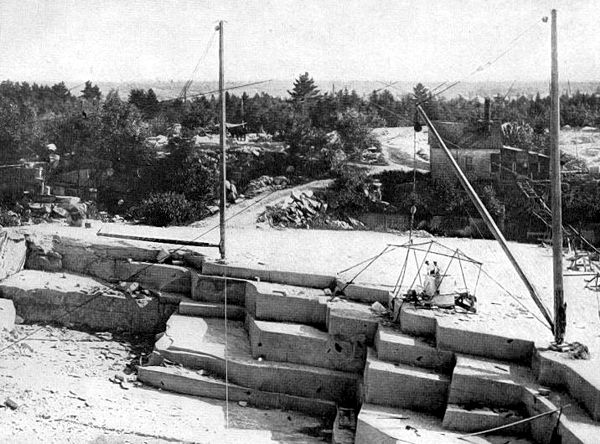2. Research

When I arrived at the idea of building a granite quarry railroad, I embarked on a deep dive into that world; I researched everything involved in the industry as it was around the turn of the century. The most captivating things for me were the magnificent quarries. Regrettably I couldn't model an enormous, sprawling site, such as Rock of Ages in Barre, Vermont, but I could still capture the flavor of a smaller one. I'd even planned on modeling an abandoned site, as these are often scenic wonders. In addition, I researched little backwoods towns, depots, grist mills and more. Here are a few highlights of my research.
- Quarries
- Cutting Sheds
- Locomotives & Rolling Stock
- Right of Way
- Abandoned Quarries
- Backwoods Territory
As a consequence of my research, the Greystone is closest in spirit to the Hardwick & Woodbury Railroad in Woodbury, Vermont, with aspects of the J.K. Pirie Granite Quarry Railroad in Williamstown, Vermont mixed in. That said, I'll be consciously deviating from reality on a number of points. For starters, quarry railroads were usually devoted strictly to the task of moving stone from quarries to cutting sheds, whereas I'll be adding a little freight and passenger service into the mix, so I can include stations and run rolling stock other than short flat cars. And most of my structures will not be faithful to any real-life counterparts, although I'll do my best to capture their flavor. Then there's all of the usual stuff associated with small layouts, like loops and impossibly sharp curves and remote locations that are walking distances apart, etcetera. On top of that, I'm using sectional Code 80 track! Horrors! Honestly, I don't care; I'm building it for my emotional health, not to win awards.
